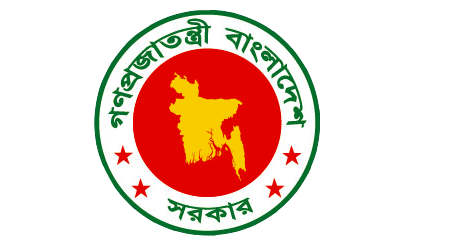Social protection is an approach towards thinking about the processes, policies and interventions which respond to the economic, social, political and security risks and constraints poor and vulnerable people face, and which will make them less insecure and less poor, and more able to participate in economic growth. More narrowly, it describes a set of policies that governments can pursue in order to provide protection both to the ‘active poor’, enabling them to participate more productively in economic activity, and to the less active poor, with considerable benefits for society as a whole (Shepherd, 2004). This paper is a discussion of the role of gender issues in social protection policies, strategies and programmes, and as such it shows that vulnerabilities to risk vary significantly by gender. Because the impacts of shocks affect men and women differently, it is useful to think of them (as well as boys and girls) as different constituents in any analysis; social protection needs to be tailored accordingly.
The World Bank Social Risk Management framework allows the development of useful policy lessons. Risks can be categorised into those which are gender specific and those which as intensified (or imposed on) by gender. Attention to gender in programme design can enhance the efficiency of social protection and ensure better protection of both men and women. In terms of interventions, assets are important; however, social protection policies vary as to the degree of potential they have to redistribute assets in favour of women or other asset-poor categories. Childcare is critical and cash transfers probably better than employment schemes. Incentive effects vary greatly. Provisions, such as public works, unemployment insurance, and tax policies seem less relevant to women. Both the form of benefit (cash or kind) and the form of contribution (timing, size or location) are crucial.
A discussion of the impact of various social protection interventions shows that women are more likely to be excluded from these, as they are underrepresented in formal sector employment. Therefore, the interests of many poor women can be served by improving access to social protection in the labour market and extending social insurance to informal workers. However, extending social protection by relying on its gradual expansion to the formal sector is not sufficient. Reaching those in the informal sector requires an understanding of women’s vulnerabilities and learning from on-the-ground innovative schemes; through this, it might make social protection programmes more responsive to gendered needs and relevant to their capabilities.
There is also an important linkage between gender-specific risks and the different roles of men and women as social protection providers. One of the risks that women face is that they are the first (and often only) providers of social protection at the household, extended family and community levels, for example in terms of caring for chronically ill relatives and HIV/AIDS orphans. This suggests that assistance should be provided to women in this role through the strengthening of informal household and community-level social protection mechanisms. It should be ensured that this strengthening maintains or increases the gender sensitivity of existing informal mechanisms.
Understanding and incorporating gender issues will do more than merely tackle gender discrimination; there are huge benefits for pro-poor growth. Some of the most innovative and successful social protection mechanisms are those developed with, and not always for, women.
Click on the image to view



